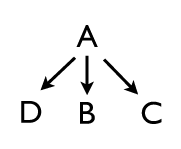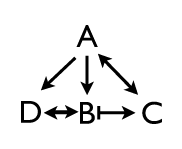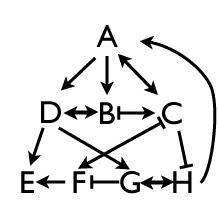I thought they were going to clean up their act and stop highlighting crackpots and kooks. But oh look: there’s Rupert Sheldrake, listing all the things he finds wrong about science. How could we possibly accept the dogma that matter is unconscious? Or that genetics is measurable and material?
What I found particularly galling in the video besides the smug arrogance of Sheldrake postulating idiocy is that the audience joins in and laughs smugly at his smug assertions.
“Genes are grossly overrated.” “Species have a collective memory, even crystals do.” “Everything depends on evolving habits, not fixed laws.” Gaaah.
Oh my god: his evidence that the constants of the universe are not constant is that the reported speed of light in 1920 was 20 meters/sec greater than it is now.








